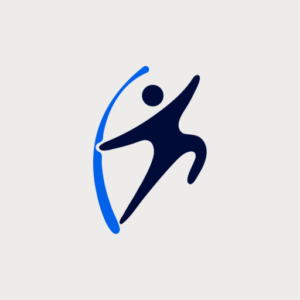Posterior lateral corner (PLC) injuries aren’t as common as other knee ligament injuries. And, because they usually occur in conjunction with a more serious ACL and/or PCL tear, they aren’t talked about much. But that doesn’t mean understanding them isn’t important. In order to learn about PLC injuries, let’s go over some related anatomy, causes, symptoms, diagnostic information, and treatment options.
Posterior Lateral Corner Related Anatomy
The PLC is found on the outside portion of the back of the knee. It consists of the:
- Lateral collateral ligament (LCL)
- Popliteus tendon
- Popliteofibular ligament
When intact, these three soft tissues keep the knee stable when it experiences a lateral force.
Causes of Posterior Lateral Corner Injuries
PLC injuries usually occur while playing impact sports, such as football, basketball, lacrosse or soccer. A direct blow to the lateral portion or back of the knee can cause it to buckle—tearing the ACL and/or PCL and PLC. The combination of these injuries can sideline an athlete for an extended period of time and cause numerous symptoms.
Symptoms of Posterior Lateral Corner Injuries
Following a PLC injury, patients have trouble maintaining stability while moving from side-to-side and twisting, turning, and pivoting. They also experience pain, swelling, and maybe bruising for a few days to a few weeks after their injury. Symptoms should not be ignored. When they present, an appointment with an Orthopedic Specialist should be arranged.
Diagnosis of Posterior Lateral Corner Injuries
An Orthopedic Specialist performs a physical exam and views x-rays and an MRI to diagnose a PLC injury. Injuries are classified as:
- Grade 1. A partial tear with minimal instability.
- Grade 2. A partial tear with moderate instability.
- Grade 3. A complete tear with severe instability.
In rare cases the injury occurs with a fracture of the fibula where the ligaments insert. This is called an arcuate fracture.
Treatment options are prescribed based on the classification of the injury.
Treatment Options for Posterior Lateral Corner Injuries
Grades 1 and 2 injuries can be treated using conservative treatment options, such as:
- Rest and ice. Strained ligaments heal when activity is stopped and ice is applied to the injured area.
- Anti-inflammatory medications. Over-the-counter and prescription medications decrease inflammation and pain.
- Physical therapy. Strengthening exercises help patients regain strength, stability, and function.
Grade 3 injuries usually require surgical intervention and typically require reconstruction. Surgical time and subsequent recovery depend on the presence and severity of accompanying ACL and/or PCL tears.
For those with arcuate fractures of the proximal fibula a new screw and washer technique developed by our physicians provides stronger fixation than previously described procedures. 1
Seeking Treatment for Posterior Lateral Corner Injuries
If you’ve injured your knee and want it to be evaluated by an Orthopedic Specialist, please don’t hesitate to contact one of our 5 Long Island offices. One of our trained, skilled and experienced specialists will accurately diagnose and effectively treat your injury. You can expect a full recovery and return to completion/activity when you choose our clinic—the road to recovery starts when you walk through our doors.
The physicians at Total Orthopedics and Sports Medicine focus on both the surgical and non-surgical treatment of bone and joint injuries. Renowned experts Dr. Charles Ruotolo, Dr. Richard McCormack, Dr. Brett Spain and Dr. Paul Pipitone lead our Knee Team. Fortunately, many patients can be treated non-surgically with a combination of conservative modalities coordinated by the Total Orthopedics and Sports Medicine Team. If surgery is necessary, the practice uses a multidisciplinary approach to create a treatment plan that focuses on the patient’s lifestyle and activities and helps them get back to those activities quickly and effectively. When in the hands of one of our expert Orthopedic Surgeons, a full recovery is possible!







 Website Design by
Website Design by